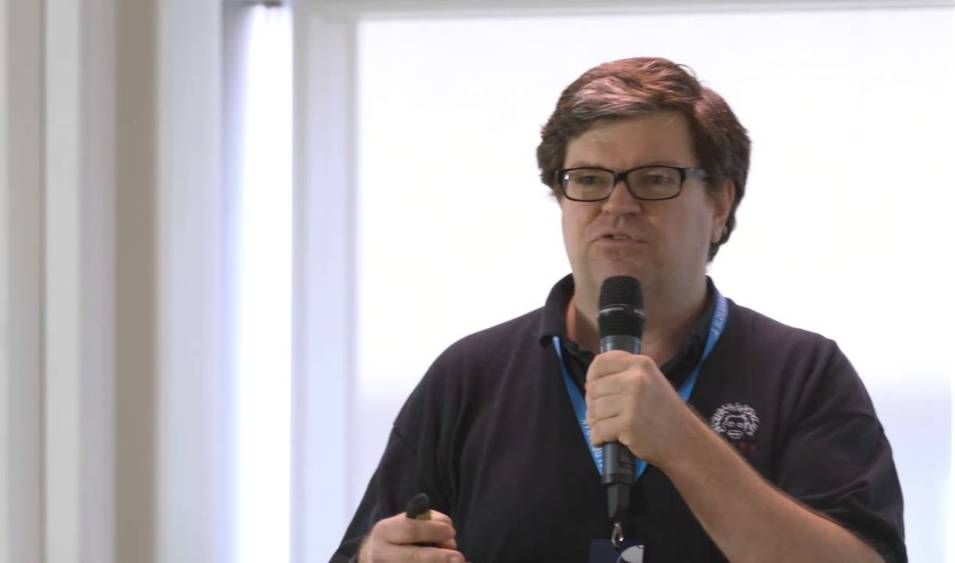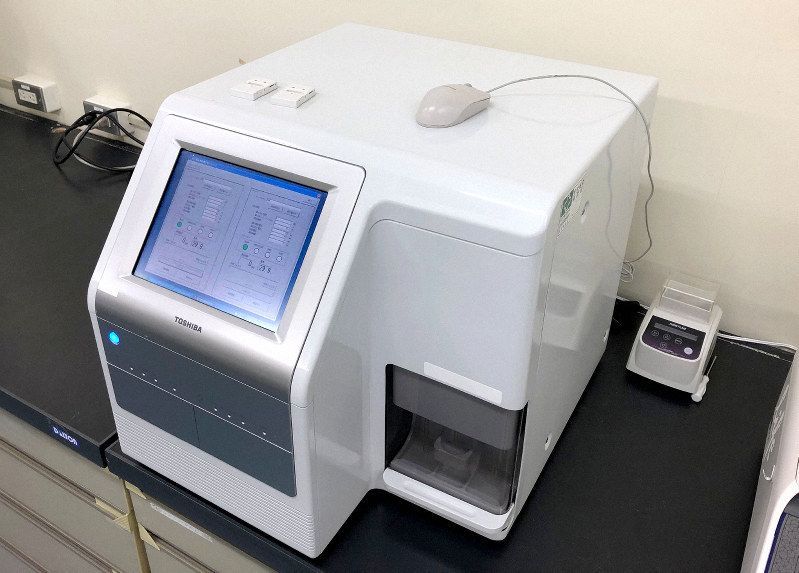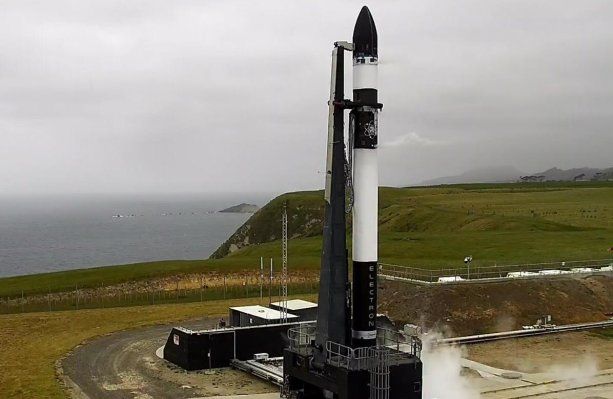Page 7621
Nov 25, 2019
Deep Learning and the Future of AI
Posted by Müslüm Yildiz in categories: information science, mobile phones, robotics/AI

Over the last few years, rapid progress in AI has enabled our smartphones, social networks, and search engines to understand our voice, recognize our faces, and identify objects in our photos with very good accuracy. These dramatic improvements are due in large part to the emergence of a new class of machine learning methods known as Deep Learning.
Animals and humans can learn to see, perceive, act, and communicate with an efficiency that no Machine Learning method can approach. The brains of humans and animals are “deep”, in the sense that each action is the result of a long chain of synaptic communications (many layers of processing). We are currently researching efficient learning algorithms for such “deep architectures”. We are currently concentrating on unsupervised learning algorithms that can be used to produce deep hierarchies of features for visual recognition. We surmise that understanding deep learning will not only enable us to build more intelligent machines but will also help us understand human intelligence and the mechanisms of human learning. http://www.cs.nyu.edu/~yann/research/deep/
Nov 25, 2019
These Bizarre Wormlike Creatures Eat Rock, Poop Sand, And May Even Redesign Rivers
Posted by Paul Battista in category: food

Most clams are happy to make their burrow in a nice, soft bed of sand or mud. Not this mollusc. A recently uncovered relative of the shipworm puts the hard into hardcore, chewing holes into rocks and excreting the debris as sand.
Lithoredo abatanica joins a short list of freshwater animals capable of literally weathering the landscape and creating real estate for other species to hide in, while potentially affecting the course of their river ecosystem.
Nov 25, 2019
We’re going to move to Mars and it will change life on Earth forever
Posted by Klaus Baldauf in categories: innovation, space travel
The innovative technology used to settle on the Red Planet will prove to be very useful on our own homeworld.
O.o.
See the latest United States Doppler weather radar map including areas of rain, snow and ice on WeatherPlaza.com
Nov 25, 2019
Race to save sheep trapped in capsized cargo ship
Posted by Quinn Sena in category: transportation
Rescuers are scrambling to save thousands of sheep trapped after a large cargo ship overturned in the Black Sea off the coast of Romania.
The Queen Hind capsized on Sunday after leaving the port of Midia, near the south-eastern city of Constanta.
It was carrying more than 14,000 sheep. All crew members were rescued.
Nov 25, 2019
‘City-killer’: Asteroid the size of the Great Pyramid may hit Earth in 2022, says NASA
Posted by Michael Lance in categories: asteroid/comet impacts, existential risks, military
An asteroid estimated to be around the size of the Great Pyramid of Giza may hit the Earth on May 6, 2022, according to the National Aeronautics and Space Administration (NASA).
Despite the one in 3,800 odds — a measly 0.026% chance — of the asteroid smashing into the Earth, the worst-case scenario will surely be of a scene akin to the climax of an apocalypse movie, or even worse, as per NASA via The Daily Express on Nov. 16.
If the “city-killer” asteroid, labeled JF1, is to hit Earth, the impact would be equivalent to the detonation of 230 kilotons of TNT. That is 15 times stronger than the atomic bomb that hit Hiroshima in 1945, which destroyed the whole city with 15 kilotons of force.
Nov 25, 2019
Scientists Found Something Absolutely Stomach-Turning in These Hotel Rooms
Posted by Genevieve Klien in category: futurism
The discovery of large amounts of bacteria in a scientific sampling of hotel rooms raises concern about their safety.
Nov 25, 2019
New machine detects 13 types of cancer with a single drop of blood
Posted by Genevieve Klien in category: biotech/medical
Toshiba has invented a machine that can detect 13 types of cancer using just a single drop of blood in record time: in just two hours, people will have a full diagnosis for the ridiculous price of $180 or under with more than 99% accuracy.
This is Star Trek-level stuff.
Nov 25, 2019
Rocket Lab readies Electron for the first launch with rocket recovery systems on board
Posted by Genevieve Klien in categories: computing, particle physics, satellites
Rocket Lab is getting ready to fly its tenth mission, which the first official launch window during which it could happen set for this week on November 29. Aside from being a milestone 10th mission (dubbed ‘Running Out of Fingers,’ ha), this will be the first time that Rocket Lab includes technology designed to help it eventually recover and reuse elements of its launch vehicle.
After first designing its Electron launch platform as a fully expendable spacecraft, meaning it could only do one way trips to bring cargo to orbit, Rocket Lab announced that it would be moving towards rocket reusability at an event hosted by CEO and founder Peter Beck in August. To make this happen, the company will be developing and testing the tech necessary to recover Electron’s first-stage rocket booster over the course of multiple missions.
Toe be clear, this mission has the primary goal of delivering a number of small satellites on behalf of paying customers, including microsatellites from Alba Orbital and a Tokyo –based company called ALE that is using microsatellites to simulate particles from meteors. But Rocket Lab will also be testing recovery instrumentation loaddd on board the Electron vehicle, including guidance and navigation systems, as well as telemetry and flight computer hardware. This will be used to gather real-time data about the process of re-entry for Electron’s first stage, and Rocket Lab will also attempt to make use of a reaction control system to control the orientation of the booster as it re-enters.
















